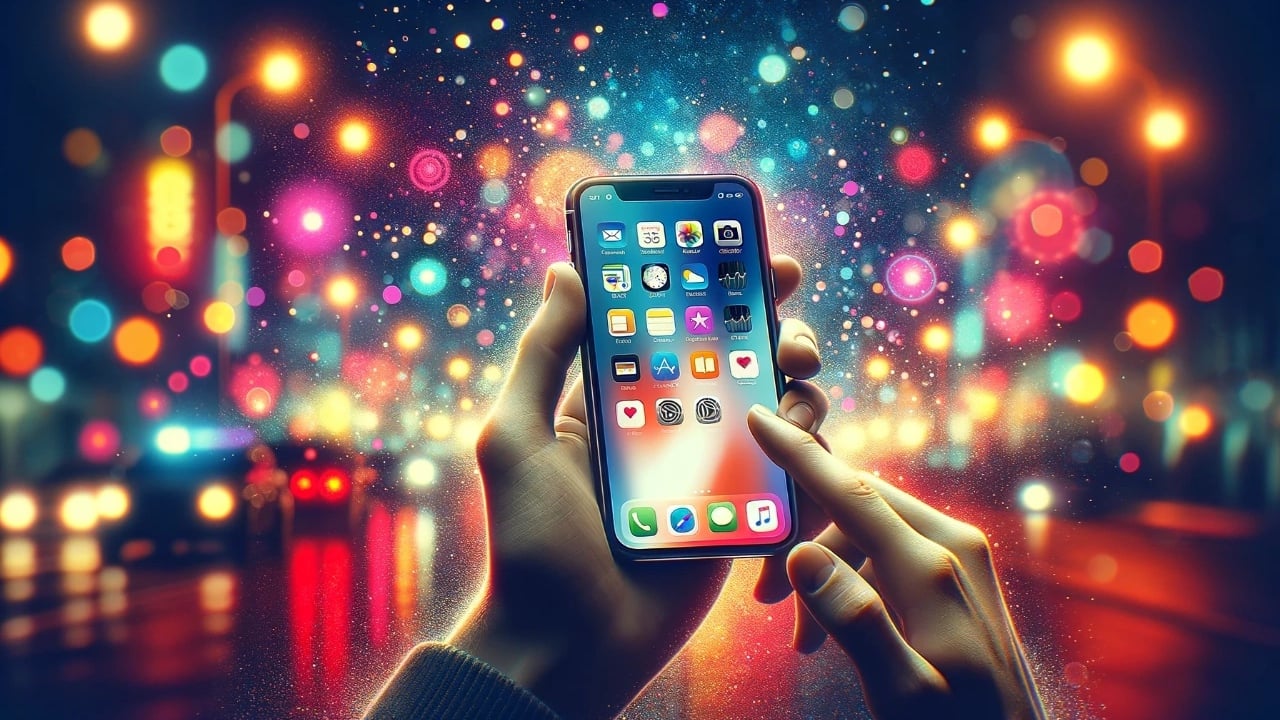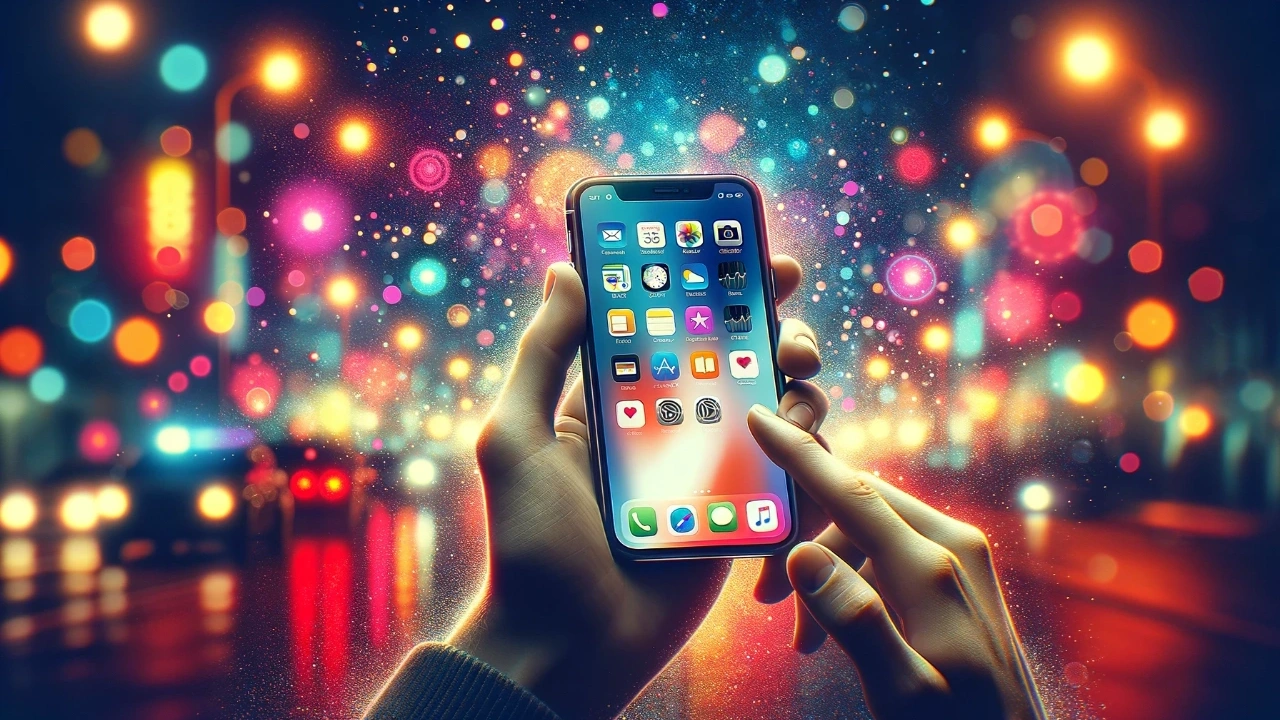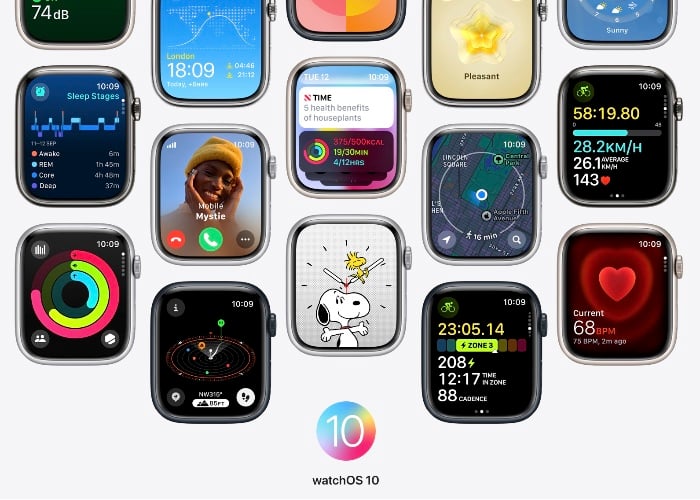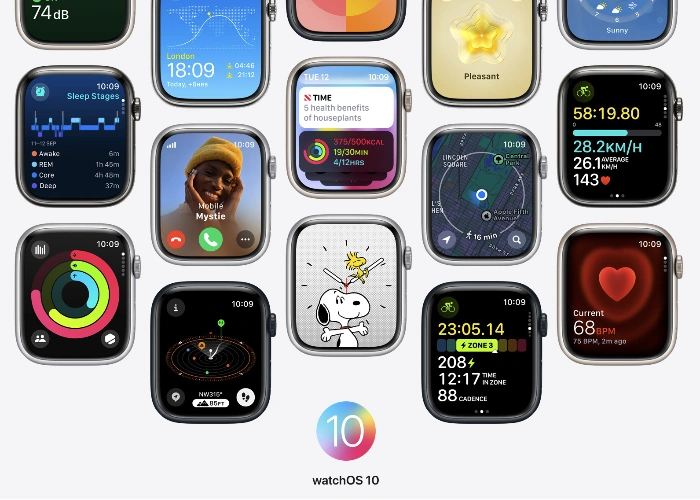 Artificial intelligence (AI) is rapidly advancing, and as we look towards 2024, it’s clear that these developments will significantly influence our daily lives. The progress in AI is not just a matter of more sophisticated gadgets and software; it’s about creating a world where our interactions with technology are more natural and efficient. The upcoming advancements in AI, such as the introduction of GPT-4 and the expected GPT-5, are set to offer us digital experiences that are incredibly intuitive and eerily similar to human interaction.
Artificial intelligence (AI) is rapidly advancing, and as we look towards 2024, it’s clear that these developments will significantly influence our daily lives. The progress in AI is not just a matter of more sophisticated gadgets and software; it’s about creating a world where our interactions with technology are more natural and efficient. The upcoming advancements in AI, such as the introduction of GPT-4 and the expected GPT-5, are set to offer us digital experiences that are incredibly intuitive and eerily similar to human interaction.
One of the most exciting areas of AI growth is in the realm of language models. These advanced systems are designed to understand and generate human-like text, which means that soon, we’ll be communicating with machines that can comprehend complex ideas and respond with a level of nuance that was previously unimaginable. Imagine having a conversation with your computer or smartphone that feels as natural as talking to a friend. This is the potential that these language models hold, as highlighted in AI predictions for 2024.
As AI continues to evolve, its presence on social media is becoming more pronounced. We’re starting to see a blend of real and AI-generated content, making it increasingly difficult to distinguish between the two. This raises important questions about authenticity and the potential for misuse. To address these concerns, we’ll need robust systems to verify digital identities and ensure that the content we’re interacting with is genuine, as discussed in the article on 2024 cybersecurity trends.
AI trends to look out for in 2024
Here are some other articles you may find of interest on the subject of custom GPTs launched by OpenAI last year :
Another area where AI is making strides is in content moderation. Social media platforms are beginning to use more sophisticated AI tools to identify and manage inappropriate or harmful content. This is crucial for maintaining the safety and integrity of these platforms, ensuring that the content we come across aligns with community standards, as explored in areas where AI will advance in 2024.
AI is also transforming the software we use every day. Applications are becoming smarter, with AI integration that allows them to anticipate our needs and adapt to our preferences. This means that the tools we rely on for work and personal use will become more helpful, making our tasks easier and boosting our productivity. For those interested in leveraging these advancements, there are free AI tools available.
When it comes to virtual assistants like Siri, Alexa, and Google Home, we’re on the cusp of significant improvements. These assistants are set to become more integrated into our daily routines, understanding our requests with greater accuracy and executing tasks with a level of precision that was previously unattainable. To get the most out of these advancements, consider reading 10 tips to get the most out of AI tools.
Wearable technology is another frontier where AI is making an impact. These devices are becoming more sophisticated, moving beyond simply tracking our fitness levels to providing personalized insights and recommendations that can help us lead healthier lives. The potential of AI in this space is further elaborated in the article about artificial general intelligence.
AI is not just changing the way we interact with technology; it’s also affecting our social interactions. With the rise of AI companions, we may find new ways to practice and improve our social skills. In a world where traditional socializing is becoming less common, these AI companions offer a unique method for developing interpersonal abilities.
The gaming industry is also embracing AI, using it to create more dynamic and engaging environments. AI-driven characters and scenarios will offer gamers a more immersive experience, with endless possibilities for exploration and interaction. For insights into the latest AI features in gaming and storytelling, check out what’s new in Claude 2.1.
Developers are looking at ways to stack AI technologies, which means combining different AI tools to create more complex and sophisticated applications. This approach will allow for the creation of digital experiences that are richer and more engaging than ever before. For those interested in the financial applications of AI, the article on Llama 2 investment adviser is a must-read.
As we move into 2024, the influence of AI on our lives will only grow. The advancements in AI will reshape the way we engage with technology and with each other. These changes will be profound, affecting everything from our social media interactions to the way we work and play. It’s essential to stay informed and adaptable as we navigate this new era of AI technology. The future is coming, and it’s filled with AI that’s smarter and more integrated into our lives than we could have ever imagined.
Filed Under: Guides, Top News
Latest timeswonderful Deals
Disclosure: Some of our articles include affiliate links. If you buy something through one of these links, timeswonderful may earn an affiliate commission. Learn about our Disclosure Policy.











